Reading & Relationships: How our children relate to characters

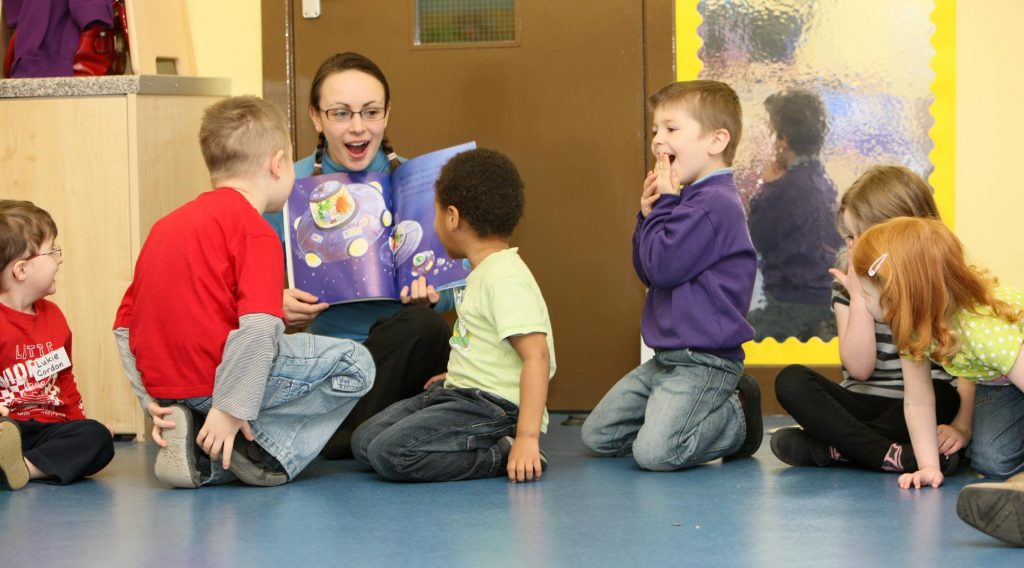
Watching children develop a relationship with their favourite character is a wonderful moment. The characters in our children’s stories are an important part of their childhood, inspiring awe and wonder and contributing more to a child’s life than just the time spent with their nose in a book.
Children learn so much from the books they read, not only the narratives but also the words and actions of their protagonists. The situations in their stories will often cross over into real life learning, maybe Curious George is scared of the dark but he overcomes his fear by venturing into a jungle cave! We see our children re-enacting their stories from the pages they’ve read all the time and it is vital to their learning and development.
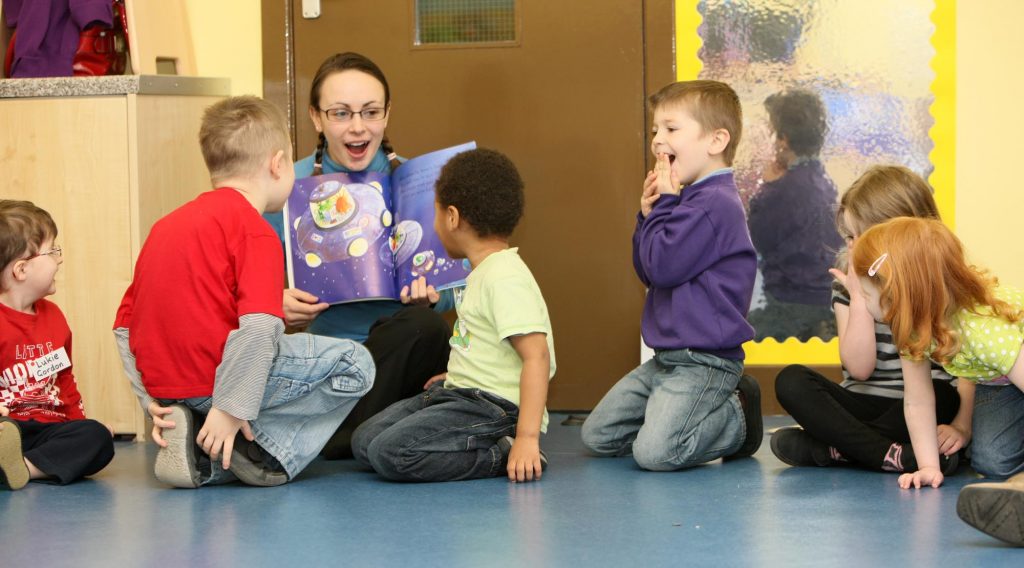
So why is it the relationship between our children and the characters they love so important? Let’s investigate…
Emotions & Empathy
When our children read about the way the characters are feeling in their stories, it helps them to empathise with the characters and develops this skill for them to empathise with people in their life. It also helps them to recognise that their own feelings are valid and may encourage them to voice how they feel. We can encourage this by starting a dialogue with our children about how the characters are feeling and if they sometimes feel that way too.
Confidence & Compassion
Reading about the characters adventures and what they do allows children to see how other people’s lives are and make sense of the world they live in. It could also introduce them to new worlds, encouraging their imagination and sparking new ideas. Either way, the more your child reads, the more their confidence will grow in their story-telling and in their imaginative play, as well as other areas. The stories they read will allow children to draw differences between their lives and others and encourage acceptance and understanding of other children’s differences.
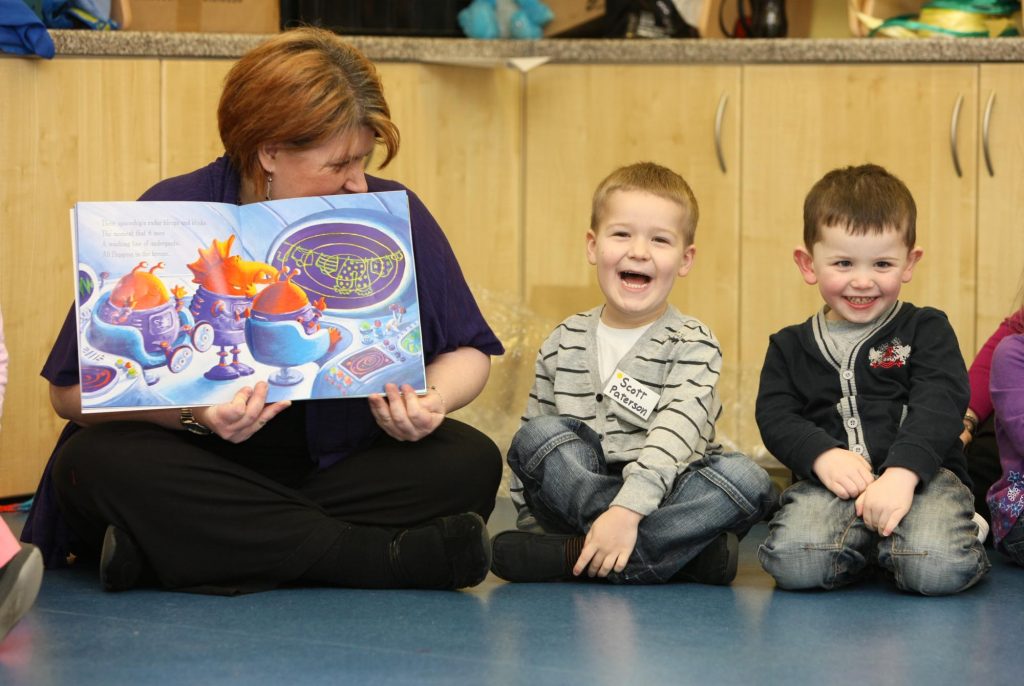
Fiction & Fantasy
Many fantastical stories can be found in children’s books, transporting them into new worlds to explore and consider. These intriguing new lands may be fictional but the stories they tell and messages they deliver can most often be applied to everyday life situations. This is a wonderful way to keep children excited and engaged with the lessons they are learning. And of course, to introduce new ideas for their own stories and play!
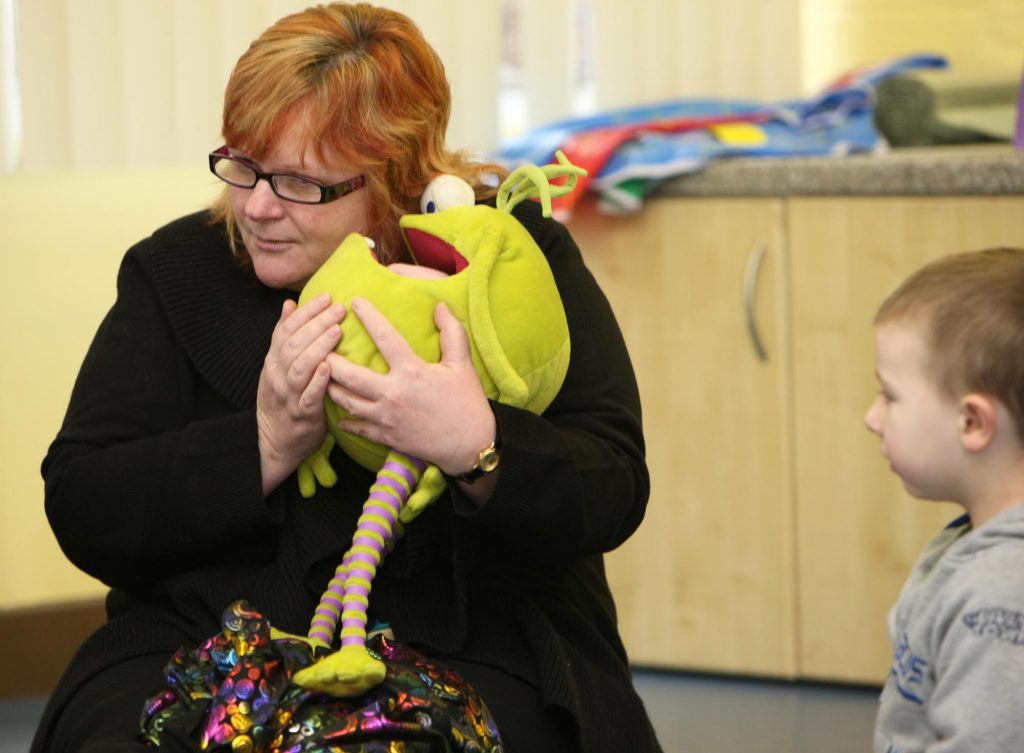
Rest & Relaxation
Cosying into bed at the end of the day to read with your child can be one of the best memories you will have. Having a bedtime story as a part of their routine is a great way for your child to wind down and prepare themselves for sleep. It can be a comforting place to return to everyday, being back with their favourite characters that they know well. The familiarity of a favourite story can be very soothing and a great bonding experience or you and your child. The recognisable rhythm and repetition of a story they know well is a great way to help switch off at night and relax.
Looking & Learning
Reading is a great way to introduce simple concepts to our children. Picture books can make learning colours, shapes and numbers easier by using a narrative with fun characters. Furthermore, everyday actions they are learning may be mimicked by the characters in their stories, for example clearing the table, brushing their hair or holding their parent’s hand. Being able to see these things in their stories will encourage them in their learning in everyday life, just like their favourite characters do!
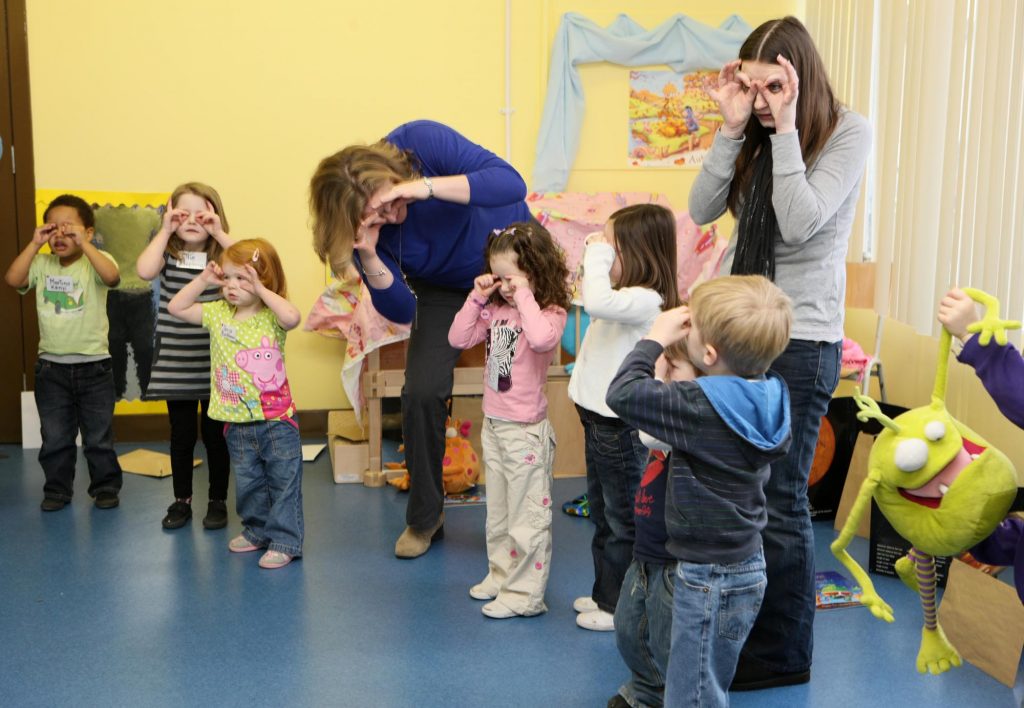
Here are some wee activities you could do with characters:
Children are drawn to such a variety of different characters, choose one to lead the play. Use a character to invite the children to talk about an aspect of play. An example would perhaps be a ‘monster’ or alien who can’t speak our language. Can the children help them paint a picture? Suggest the children need to name everything they need and tell the character. Paper, paint, three colours. Maybe blue, green and purple. You might use a sponge or brush. Then suggest they show the character how to choose somewhere to paint on a table top, an easel or a painting tray on the floor.
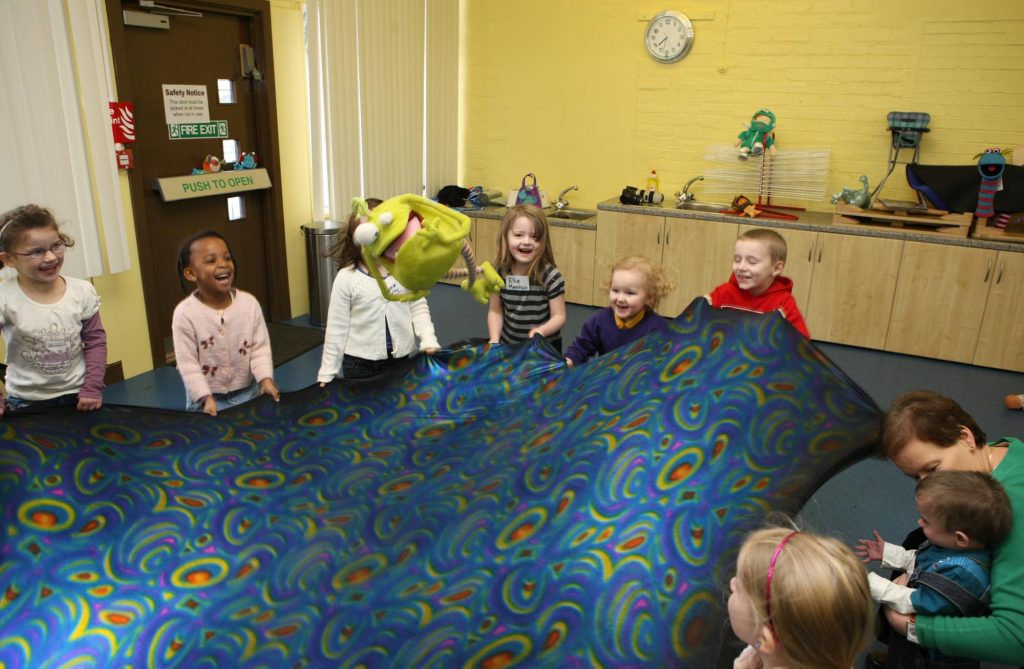
Using characters to encourage children to help them learn to count or build or do phonics sounds. It consolidates the skills and concepts with the child the more they help the characters.
We would love to see how you are using characters in your play! You can tag us in your adventures @adventureswithalicesharp on instagram.